close up view of bees in a honeycomb
The axes of honeycomb cells are always nearly horizontal, with the open end higher than the back end. The open end of a cell is typically referred to as the top of the cell, while the opposite end is called the bottom. The cells slope slightly upwards, between 9 and 14°, towards the open ends.
Two possible explanations exist as to why honeycomb is composed of hexagons, rather than any other shape. First, the hexagonal tiling creates a partition with equal-sized cells, while minimizing the total perimeter of the cells. Known in geometry as the honeycomb conjecture, this was given by Jan Brożek and proved much later by Thomas Hales. Thus, a hexagonal structure uses the least material to create a lattice of cells within a given volume. A second reason, given by D'Arcy Wentworth Thompson, is that the shape simply results from the process of individual bees putting cells together: somewhat analogous to the boundary shapes created in a field of soap bubbles. In support of this, he notes that queen cells, which are constructed singly, are irregular and lumpy with no apparent attempt at efficiency.
-
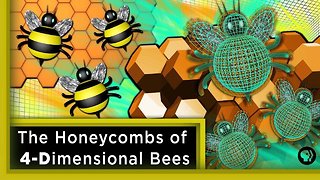 11:19
11:19
PBS
5 years agoThe Honeycombs of 4-Dimensional Bees ft. Joe Hanson
3 -
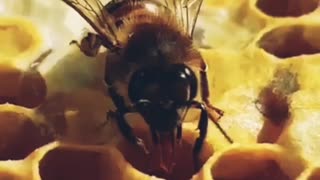 0:12
0:12
Shahhoum2020
4 years agoA rare picture of how honey fills the hexagonal eyes of wax
31 -
 0:28
0:28
VitalyS
2 years agoBees on the assembly of honey
879 -
 6:01
6:01
HunterHives
3 years ago $0.02 earnedNew Double Deep Horizontal Bee Hive
170 -
 0:11
0:11
Fun facts and Jokes
1 year agoHoney bees
11 -
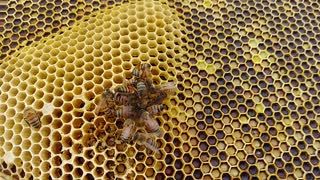 0:23
0:23
Country Girl Videos
2 years ago $0.07 earnedHoney Bees Cleaning Honeycomb
13535 -
 9:47
9:47
Homesteadonomics
9 years agoSwarm to Topbar Hive: Catching Bees part 3
57 -
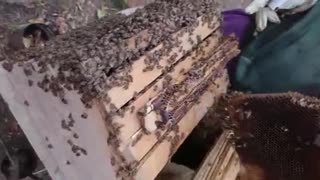 7:05
7:05
HetreeliFarm
1 year agoCarefully Replacing The Honeycomb
10 -
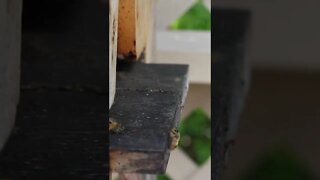 0:22
0:22
saturdayprojects
2 years agoBeespace for #bee #health #shorts
3 -
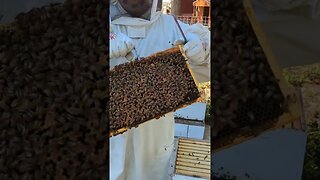 0:19
0:19
Pleasant Hill Billy
7 months agoHelp! I'm covered in BEES! #coveredinbees
8